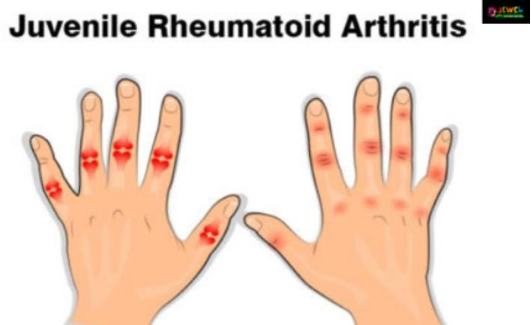A 6-year-old patient who has been placed in skeletal traction has pain, edema, and fever.
The nurse should assess which of the following?
Neurologic status
Range of motion of all extremities
Warmth at site of pain
Blood pressure
The Correct Answer is C
In the given scenario, the 6-year-old patient in skeletal traction is experiencing
pain, edema, and fever. These symptoms raise concerns about the possibility of an infection
at the site of traction. In such cases, the nurse should assess for warmth at the site of pain.
Increased warmth can indicate inflammation, which may be associated with infection. This
assessment finding would require further investigation and intervention, such as notifying the
healthcare provider and obtaining appropriate cultures or imaging studies.
Neurologic status in (Option A) is incorrect because assessing neurologic status, is important
but not the priority in this scenario. Neurologic status assessment is typically performed to
evaluate any neurovascular compromise resulting from the traction, but the presence of pain,
edema, and fever suggests a potential infection that requires immediate attention.
Range of motion of all extremities in (Option B) is incorrect because assessing the range of
motion of all extremities, is not directly relevant to the given symptoms and should not take
priority over assessing for warmth at the site of pain.
Blood pressure in (Option D) is incorrect because assessing blood pressure, is not directly
related to the symptoms of pain, edema, and fever in the context of skeletal traction. While
blood pressure is an essential vital sign, it does not provide specific information about the
potential infection at the site of pain in this situation.
Nursing Test Bank
Naxlex Comprehensive Predictor Exams
Related Questions
Correct Answer is B
Explanation
During painful episodes of juvenile arthritis, a plan of care should include proper positioning of the affected joints to prevent musculoskeletal complications. Proper positioning helps to alleviate pain, reduce inflammation, and minimize stress on the affected joints. It also promotes joint stability and prevents contractures or deformities that can occur due to prolonged immobility.
a weight-control diet to decrease stress on the joints in (option A) is incorrect because it, may be a consideration in managing overall joint health and reducing excessive strain on the joints. However, it is not the primary nursing intervention during painful episodes of juvenile arthritis.
high-resistance exercises to maintain muscular tone in the affected joints in (option C) is incorrect because it, may not be appropriate during painful episodes of juvenile arthritis. High-resistance exercises can potentially exacerbate pain and inflammation. Exercise should be tailored to the individual's condition and guided by healthcare professionals.
complete bed rest to decrease stress to joints in (option D) is incorrect because it, is not recommended as a nursing intervention for painful episodes of juvenile arthritis. Prolonged bed rest can lead to muscle weakness, joint stiffness, and functional decline. Instead, maintaining mobility and appropriate activity levels within the child's pain tolerance and capabilities is generally preferred.

Correct Answer is A
Explanation
In a teaching plan for the mother of an 11-year-old boy with ulcerative colitis, the nurse should stress the importance of coping with stress and avoiding triggers. Ulcerative colitis is a chronic inflammatory bowel disease that can be influenced by various factors, including stress and triggers. Helping the child and the family develop effective stress management strategies and identifying and avoiding triggers can help in reducing the frequency and severity of ulcerative colitis flare-ups.
preventing the spread of illness to others in (option B) is incorrect because it, is not the primary focus of teaching for ulcerative colitis. Ulcerative colitis is not an infectious condition that can be spread to others.
, nutritional guidance and supportive intake of sodas in (option C) is incorrect because it, is an important aspect of managing ulcerative colitis. However, it should be addressed in conjunction with a comprehensive nutritional plan that considers the individual needs and tolerances of the child. The mention of supportive intake of sodas may not be appropriate, as carbonated beverages can potentially aggravate symptoms in some individuals with ulcerative colitis.
teaching daily use of enemas in (option D) is incorrect because it, is not typically a part of routine care for ulcerative colitis in children. The use of enemas may be considered in specific situations or as part of an individualized treatment plan under the guidance of healthcare providers, but it is not a general teaching point for all children with ulcerative colitis.
Whether you are a student looking to ace your exams or a practicing nurse seeking to enhance your expertise , our nursing education contents will empower you with the confidence and competence to make a difference in the lives of patients and become a respected leader in the healthcare field.
Visit Naxlex, invest in your future and unlock endless possibilities with our unparalleled nursing education contents today
Report Wrong Answer on the Current Question
Do you disagree with the answer? If yes, what is your expected answer? Explain.
Kindly be descriptive with the issue you are facing.
